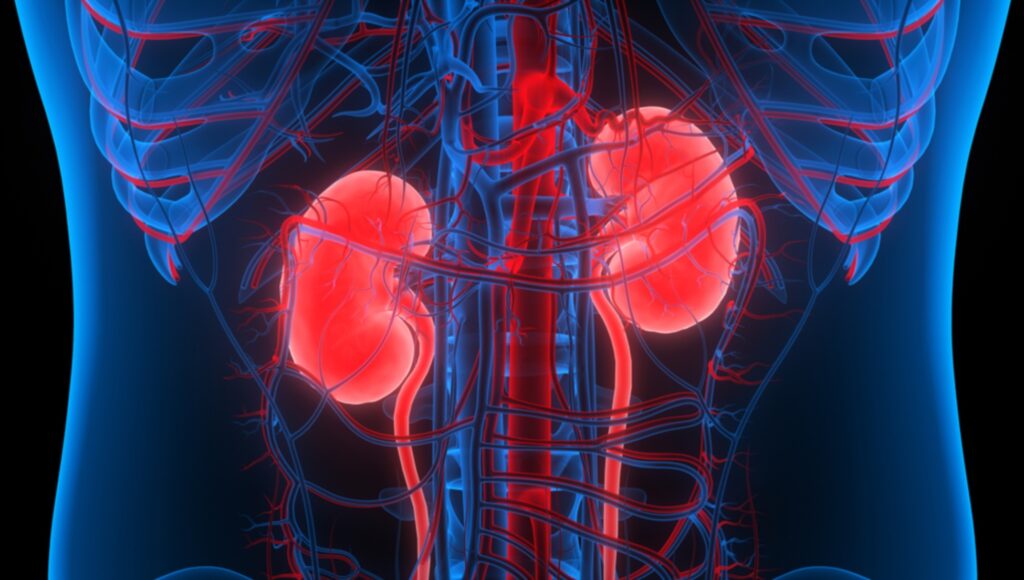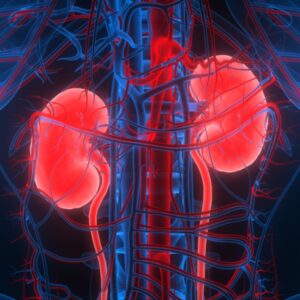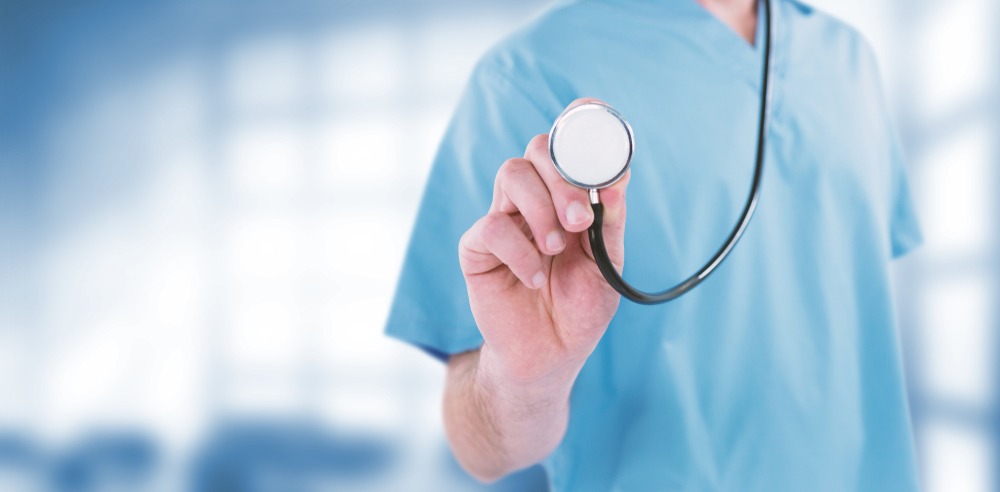What is a cystoscopy examination?
A cystoscopy examination is a procedure that involves examining the inside of the bladder and urethra. A thin, hollow tube with a camera, called a cystoscope, is inserted slowly into the bladder through the urethra for examination, diagnosis, and treatment purposes.
Cystoscopy can be further categorized into flexible cystoscopy and rigid cystoscopy, each with the following characteristics:
| Type | Characteristics |
| Flexible Cystoscopy | A flexible and thin endoscope that can be performed under local anesthesia |
| Rigid Cystoscopy | Thicker than a flexible cystoscope and cannot be bent. It requires general or regional anesthesia during the procedure |
How long does a cystoscopy examination take?
Generally, a simple cystoscopy examination in an outpatient setting takes about 5 to 15 minutes. If partial or general anesthesia is required in a hospital setting, the procedure may take 15 to 30 minutes.
What diseases can a cystoscopy examination diagnose?
A cystoscopy examination can diagnose various urinary tract diseases, including:
- Bladder cancer
- Urethral cancer
- Bladder stones
- Prostate enlargement
- Urethral strictures
- Urethral infections
- Bladder control problems
In addition, cystoscopy can assist doctors in treating bladder conditions such as removing bladder polyps and understanding the causes of symptoms such as blood in the urine, frequent urination, or painful urination.
Are you suitable for a cystoscopy examination?
Although cystoscopy is an invasive procedure, it is generally safe and suitable for most individuals. However, if you have any of the following conditions, it is important to consult with your doctor before undergoing the examination to ensure its safety:
- Diabetes
- Hypertension (high blood pressure)
- Heart disease
- Kidney disease
- Taking medications
- Chronic illnesses
Procedure of a cystoscopy examination
Prior to undergoing a cystoscopy examination, you need to prepare the following:
- Fill out and sign a consent form.
- Ensure that your doctor has a clear understanding of your medical history, current medications, and any medication allergies.
- Your doctor may instruct you to stop taking blood-thinning medications like aspirin a few days before the examination.
- Depending on the type of anesthesia, your doctor may instruct you to fast for a few hours before the examination.
- Remove all clothing and accessories, including underwear, dentures, rings, and contact lenses.
- Empty your bladder
- Take antibiotics if prescribed by your doctor
The procedure of a cystoscopy examination generally follows these steps:
- Under the guidance of your doctor, you can choose to undergo local anesthesia, monitored anesthesia, or intravenous sedation for the cystoscopy examination.
- If a flexible cystoscope is used, you will be positioned in a supine position. If a rigid cystoscope is used, your feet will be supported.
- Medical staff may administer sedative medications as directed by the doctor.
- The doctor will first inject a gel-like local anesthetic into the urethra and then slowly advance the cystoscope into the bladder through the urethra.
- During the examination, the doctor will inject sterile water or saline into the bladder through the cystoscope to expand and visualize the bladder folds. At this point, you may feel a sense of urgency to urinate.
- The doctor may use forceps to extract a small sample of bladder tissue for further testing.
After a cystoscopy examination, the doctor may ask you to empty your bladder immediately in the restroom. If you have received sedation or general anesthesia, you may need to stay in the hospital for a few hours for close monitoring of your response
Risks and complications of a cystoscopy examination
Generally, after a cystoscopy examination, you may experience minor symptoms such as nausea, mild urinary pain, urinary urgency, which will subside within a short period of time. However, if you experience the following complications, it is important to seek medical attention promptly:
- Bladder infection
- Trauma to the urethra
- Inability to urinate after the cystoscopy examination
- Chills
- Fever (38.5°C or higher)
- Bright red blood or large blood clots in the urine
- Urinary pain or burning lasting for 2 days or more
Post-cystoscopy care
After undergoing a cystoscopy examination, it is important to drink plenty of fluids to reduce the risk of inflammation. You should aim to consume at least 2,000cc (approximately 8 cups) of water per day. You can also place a warm, moist towel at the urethral opening to alleviate pain. If necessary, you can ask your doctor for prescribed pain medication to relieve discomfort after the examination.
Unless instructed otherwise by your doctor, you can also take a warm shower, which can help alleviate pain.
Cost reference of a cystoscopy examination
| Hospital | Examination Item | Price (HKD) |
| Gleneagles Hospital Hong Kong | Cystoscopy (including or excluding a biopsy) | From $21,539 |
| CUHK Medical Centre | Cystoscopy (including or excluding a biopsy) | From $24,180 |
Click here to learn more about the cystoscopy charges at private hospitals.
- #The above costs are based on previous statistics and were sourced from official hospital websites. The information was last updated on January 10, 2023
- *The above costs includes doctor's fee and hospitalization charges
FAQ
After a cystoscopy examination, you may experience mild discomfort or bladder distension during urination, but these are normal and typically subside within hours to days.
Cystoscopy is a simple procedure, and most individuals only require local anesthesia. Once the effects of the anesthesia wear off, you can usually leave the hospital within a few hours.




